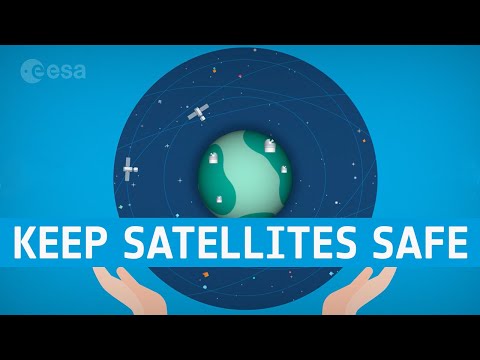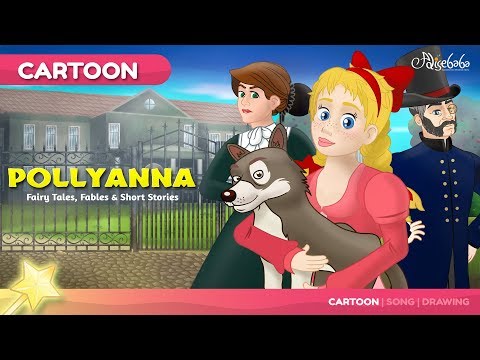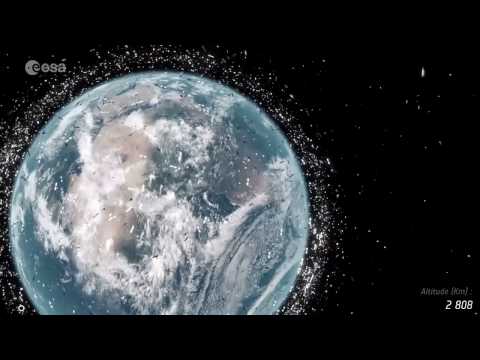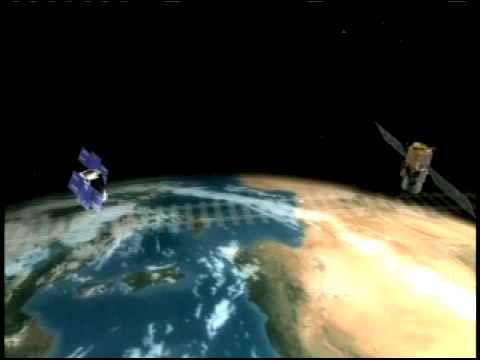Time to Act
The launch of Sputnik, humankind’s first satellite, in 1957 marked the dawn of a new era for the people of the ‘Pale Blue Dot’.
Decades later, our planet is now surrounded by spacecraft carrying out extraordinary work to study our changing climate, save lives following disasters, deliver global communication and navigation services and help us answer important scientific questions.
But these satellites are at risk. Accidental collisions between objects in space can produce huge clouds of fast-moving debris. These clouds can spread and damage additional satellites with cascading effect, eventually making the most useful orbits around Earth no longer safe for spacecraft or people.
Satellites today have to carry out collision avoidance manoeuvres to avoid possible impact with debris. These are costly, and hundreds of collision avoidance alerts are already issued every week. [add para space}
And this is nothing compared to what is coming. Several companies have begun to launch mega-constellations into low-Earth orbit to provide global internet access. They have great benefits, but could be a source of huge disruption if we do not change our behaviour.
Our current methods for avoiding collisions in space will become inadequate in just a few years – and even compliance with space debris mitigation guidelines may no longer be enough.
It’s time to act.
ESA is developing technologies for an automated collision avoidance system, as well as methods for refuelling, repairing and upgrading satellites in orbit, extending the lifetime of missions and potentially reducing the number of new satellites that need to be launched.
ESA is also working on debris removal missions that will fly up to dead spacecraft and debris objects, capture them and move them to safety – either by sending them down to burn up in Earth’s atmosphere or up into ‘graveyard orbits’.
By reaching into space, we have brought huge benefits down to Earth, providing technologies that enrich our societies, connect people in previously unimaginable ways and give us an incredible perspective and understanding of our planet.
We know what will happen if we continue on our current path, but we also know exactly what we need to do to change that fate and ensure humankind’s access to space is guaranteed for future generations.
Find out more: https://space-debris-conference.sdo.esoc.esa.int/
This video is also available in:
French: https://youtu.be/8MLu6CgfTe0
German: https://youtu.be/Fbg9S9og-u8
★ Subscribe: http://bit.ly/ESAsubscribe and click twice on the bell button to receive our notifications.
Check out our full video catalog: http://bit.ly/SpaceInVideos
Follow us on Twitter: http://bit.ly/ESAonTwitter
On Facebook: http://bit.ly/ESAonFacebook
On Instagram: http://bit.ly/ESAonInstagram
On Flickr: http://bit.ly/ESAonFlickr
We are Europe’s gateway to space. Our mission is to shape the development of Europe’s space capability and ensure that investment in space continues to deliver benefits to the citizens of Europe and the world. Check out https://www.esa.int/ to get up to speed on everything space related.
Copyright information about our videos is available here: https://www.esa.int/ESA_Multimedia/Terms_and_Conditions
#ESA
#TimeToAct
#SpaceDebris





Thank you ESA 🤍
It’s heartwarming to see that space debris is also being addressed.
Space debris😩
Humans cannot leave a single place without polluting it. They had done this with the Space . Next, they will pollute Moon and Then Mars 🥺🥺
what if gather several near trash objects and push this blob? by 2 types of apparatus: pusher and catcher?
whould it be better logistics than caring of every object separately?
Amazing ESA ❤️from🇮🇳
China left the chat room…
.
.
.
Elon Musk left the chat room…
Great video and a very important issue. I would like to use a few scenes from this video on a science YouTube channel but unfortunately unlike NASA most ESA videos do have a copyright that doesn't allow free use. You are a tax founded organization, it would be great if you could release more videos at least with a Creative Commons license. I know that you have a small library of free videos, but I don't understand why a public science organization doesn't simply publish everything under public domain just like NASA does. This would help a lot to spread your messages.
Does anyone get reminded of a dystopian science fictional world when looking at major cities from above at night these days. I can’t actually believe space debris is yet another issue for everyone that we have to solve that only some of us are responsible for, which does not make sense to me how those people can create problems for everyone else.
Very interesting subject, nice video
I wish you a lot of luck!!!
so interesting to see and it will be nice if this gets cleaned up
The sustainability rating system is great and I think that if a satellite doesn't meet a necessary rating, it should not be allowed to be launched
How did Musk get the approval to put 60,000 satelites in orbit?